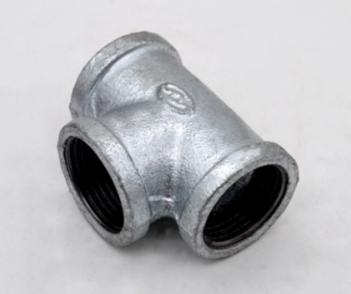The Versatility of Stainless Steel Pipes: Characteristics and Uses
Stainless steel pipes are widely used in various industries due to their excellent properties, such as corrosion resistance, durability, and temperature tolerance. This article provides an introduction to the characteristics and uses of stainless steel pipes, including their types, manufacturing process, applications, and advantages. Whether you need pipes for plumbing, construction, or transportation, stainless steel pipes are a reliable and versatile choice that can withstand harsh environments and meet diverse requirements.
Introduction:
Stainless steel pipes are an essential component in many industrial applications, from oil and gas to food and beverage processing. Compared to other materials, such as carbon steel or plastic, stainless steel pipes offer superior performance, longevity, and hygienic properties. Whether you are looking for pipes for a new project or replacing old ones, understanding the characteristics and uses of stainless steel pipes can help you make an informed decision. In this article, we will explore the basics of stainless steel pipes and their benefits in various industries.
Types of Stainless Steel Pipes:
Stainless steel pipes come in different types, each with specific properties and applications. The most common types are austenitic, ferritic, and duplex stainless steel. Austenitic stainless steel pipes are the most widely used type, known for their high corrosion resistance, low magnetic permeability, and excellent formability. Ferritic stainless steel pipes have lower corrosion resistance but higher strength and toughness than austenitic ones, making them suitable for high-temperature applications. Duplex stainless steel pipes combine the advantages of both austenitic and ferritic steels, offering superior corrosion resistance, strength, and weldability.
Manufacturing Process:
Stainless steel pipes are manufactured using various methods, such as seamless, welded, and drawn-over-mandrel (DOM) processes. Seamless pipes are made by piercing a solid billet of stainless steel and then rolling it into a pipe shape. Welded pipes are made by welding two or more pieces of stainless steel together, either longitudinally or spirally. DOM pipes are made by drawing a stainless steel tube through a die, reducing its diameter and wall thickness while increasing its length. Each manufacturing process has its advantages and limitations, depending on the desired specifications and applications.
Applications:
Stainless steel pipes are used in a wide range of industries, including oil and gas, chemical processing, food and beverage, pharmaceutical, automotive, construction, and marine. In the oil and gas industry, stainless steel pipes are used for transporting oil, gas, and water in harsh environments, such as offshore drilling rigs and pipelines. In chemical processing, stainless steel pipes are used for handling corrosive and high-pressure fluids, such as acids, alkalis, and solvents. In food and beverage processing, stainless steel pipes are used for conveying and storing food products, ensuring hygiene and preventing contamination. In construction, stainless steel pipes are used for structural and decorative purposes, such as handrails, balustrades, and facades. In marine applications, stainless steel pipes are used for shipbuilding, offshore platforms, and seawater desalination.
Advantages:
Stainless steel pipes offer several advantages over other materials, such as:
- Corrosion resistance: Stainless steel pipes are highly resistant to corrosion, rust, and staining, even in harsh environments.
- Durability: Stainless steel pipes have a long service life, requiring minimal maintenance and replacement.
- Temperature tolerance: Stainless steel pipes can withstand high and low temperatures, making them suitable for extreme conditions.
- Hygiene: Stainless steel pipes are easy to clean and sterilize, making them ideal for food and medical applications.
- Aesthetics: Stainless steel pipes are available in various finishes and designs, giving them a modern and elegant look.
Conclusion:
Stainless steel pipes are a versatile and reliable choice for various industrial applications, thanks to their excellent properties and performance. Whether you need pipes for transporting fluids, supporting structures, or enhancing aesthetics, stainless steel pipes can meet your requirements. By understanding the characteristics and uses of stainless steel pipes, you can choose the right type and specification for your project and ensure its success.
.jpg)
.jpg)
-1024x682.jpg)


